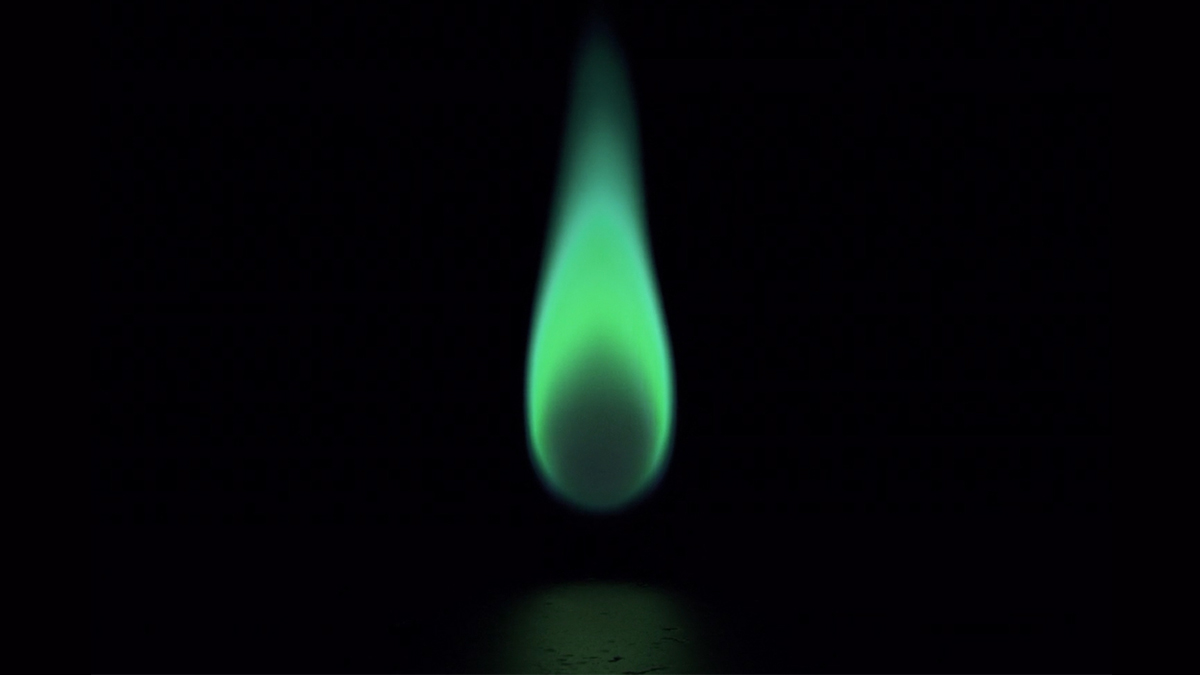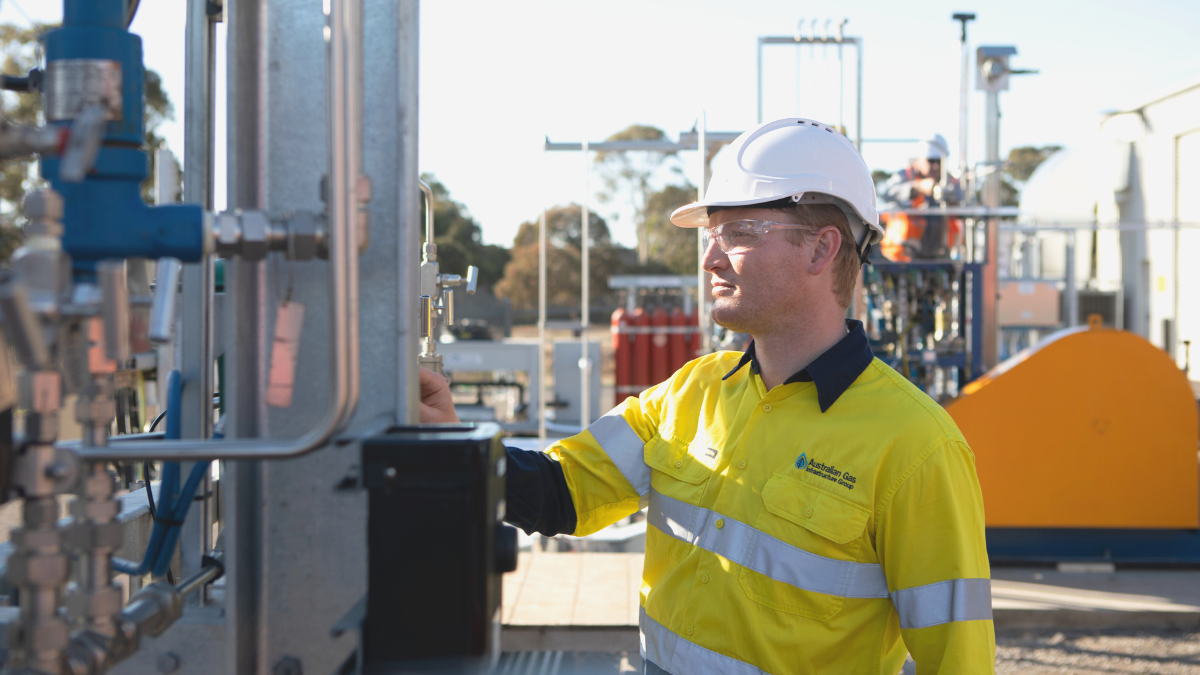The renewable energy world moves quickly. Even to those of us who work in the industry, every day seems to bring with it new technology and new terms to understand. One question we get asked is why do we need renewable gas if we have solar, and how do they fit together?
A future powered by renewable energy
Australia’s energy system relies on electricity (from coal, natural gas, solar and wind), natural gas (for heating, cooking and hot water) and liquid fuels (petrol and diesel for vehicles). Each needs to be modernised to deliver cleaner energy.
AGN is one of Australia's largest natural gas distribution companies, and is committed to delivering a clean energy future via renewable gas. We are aiming to convert our entire network to renewable gases that do not produce any additional emissions by 2040 (as a stretch target, but by no later than 2050).
We are already producing renewable hydrogen, which will be the primary renewable gas, but it will also include biomethane (gas captured from organic waste).
Hydrogen is renewable gas
Hydrogen gas can be used in the same way as natural gas but without any additional carbon emissions when burned. We are capturing hydrogen from water, using a process called electrolysis. The hydrogen can then be delivered to your home via the existing gas network. By 2030 we aim to blend 10% hydrogen with natural gas and by 2040 have fully switched to 100% renewable gas (as a stretch target, but by no later than 2050).
Do we need Renewable Gas and Renewable Electricity?
For a range of energy security, cost and consumer preference reasons, it makes sense for Australia to have a range of energy options available that best suit our energy needs.
- In some states, the gas network delivers nearly as much energy as the electricity network – in most cases the two networks have been designed to work together to meet the energy needs of customers. Without natural gas, large costly upgrades would be required for the electricity network to be able to deliver that energy to homes and those costs would be passed onto consumers.
- The gas network provides reliable, safe energy, due to it largely being an underground network, so it is very rarely subject to regular weather related outages like the electricity network.
- During the middle of the day or at night, unused solar and wind energy can be used to create hydrogen. Electrolysis is the perfect way to create renewable hydrogen gas, which can be stored ready to be delivered when required.
- The natural gas network can store vast amounts energy like a large battery… in fact, the equivalent of 40 million PowerWall batteries worth of energy... and it already exists!
- But most importantly, our customers prefer the instant performance and reliability of gas appliances for cooking, heating and hot water!

The future of renewable hydrogen gas
At the moment, producing renewable gas is a fairly new industry in Australia, and is more expensive than natural gas. But just like other renewable energy sources, we are working with the government to increase scale and drive down costs so renewable gas can be a viable option for customers across Australia.
In fact, AGN is so confident in the future of renewable hydrogen gas, we’ve already spearheaded Australia’s largest renewable gas project: Hydrogen Park South Australia. This is the first of its kind to blend hydrogen with natural gas for supply to customers using the existing gas network.
Our modelling indicates that renewable hydrogen and biomethane can be produced at prices equivalent to natural gas by 2030, if not before. At that point, we will look to begin conversion of our networks to 100% renewable gas.
When compared to electrification, the reason renewable gas can drive lower cost decarbonisation is because it can be more easily stored, and our existing networks can deliver it safely to homes and businesses.
This is one of the stark contrasts between gas and electricity. By avoiding significant investment in additional electricity infrastructure such as poles, wires and batteries, and potential issues with grid capacity, modelling indicates that decarbonising natural gas through renewable hydrogen will be up to 50% cheaper than electrification.
It’s also worth noting that current gas appliances sold in Australia have already undergone a range of safety tests with 13% hydrogen. That’s because all certified gas appliances are tested with varying gas compositions to account for varying sources of natural gas, and one such “limit” gas contains 13% hydrogen.
With the emergence of renewable hydrogen gas, appliance manufacturers are already working on hydrogen ready appliances that will make the transition from natural gas to hydrogen gas more seamless; older appliances may require more specific checks and possibly replacement or modification.
Decarbonisation is a big challenge, and we need lots of solutions if we are going to deliver safe, reliable and lowest cost decarbonised energy to customers. Gas and renewable electricity can work together through renewable hydrogen to achieve this.
In a clean energy future, it is likely that solar, wind, batteries, hydrogen, electrolysers and the like will displace the oil, natural gas and coal industries. This decarbonisation dash could well accelerate economic growth, and account for a majority of international energy-linked trade by 2050.

Put simply, if you’re one of our customers who likes using our reliable, affordable natural gas for your heating, cooking, hot water and more, renewable gas will mean that you’ll still be able to enjoy gas in your home in the future, while also achieving decarbonisation goals that help the planet.
And if you’re not yet enjoying all the benefits of natural gas, consider getting your home connected (or business) so that you can enjoy natural gas now, and renewable hydrogen gas once it’s rolled out.
Either way, we’re aiming to ensure that renewable hydrogen gas is coming to a home near you in the not-too-distant future. Stay up-to-date on the latest renewable gas developments over on our AGN blog, our Renewable Gas hub, or on this dedicated Renewable Gas website.




